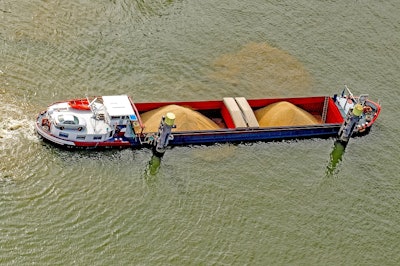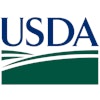
The Trump Administration announced today a framework for a reciprocal trade agreement with Indonesia that will eliminate 99% of tariff barriers for U.S. food and agricultural products, creating significant opportunities for grain exporters and feed manufacturers.
The agreement, which builds upon the 1996 U.S.-Indonesia Trade and Investment Framework Agreement, will provide unprecedented market access for American farmers and agricultural producers in Southeast Asia’s largest economy.
U.S. Grains Council President and CEO Ryan LeGrand praised the agreement in a statement.
“The U.S. Grains Council commends the Trump Administration on its historic trade deal with Indonesia, that will enhance trade for both countries and places a zero tariff on the products the Council represents,” LeGrand said. “In the 2023-24 marketing year, Indonesia was the fourth largest importer for U.S. distillers dried grains with solubles at 1,024,000 metric tons. That translates into a nearly $299 million market, and we hope the deal announced today will not only help see those numbers increase but open doors wider to the full range of products we have to offer.”
The agreement includes several provisions specifically benefiting grain handlers and feed manufacturers, including the removal of import licensing regimes, acceptance of U.S. regulatory standards, and elimination of pre-shipment inspection requirements that have historically complicated exports.
Indonesia has also committed to a $4.5 billion procurement of U.S. agricultural products, including soybeans, soybean meal, wheat, and cotton.
Industry experts note the timing is favorable, as DDGS exports have faced challenges in early 2025, with total exports declining 7% in the first four months of the year amid production decreases and shipping constraints.
The framework agreement will be finalized in the coming weeks, with both countries preparing for signature and implementation. Once in force, U.S. exporters will face substantially reduced barriers in a market of 270 million consumers with growing feed and livestock sectors.

















